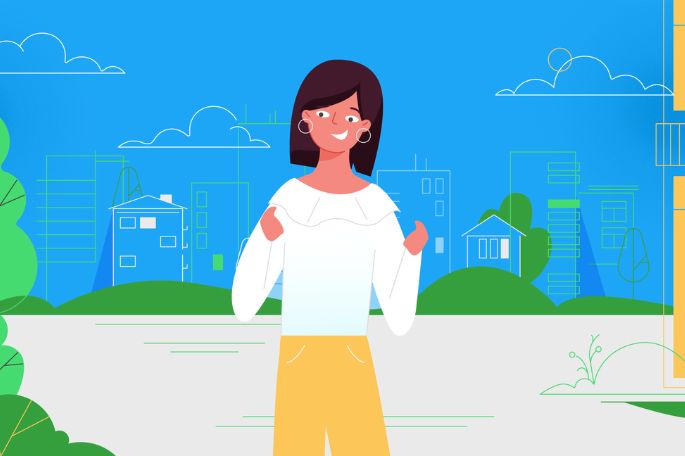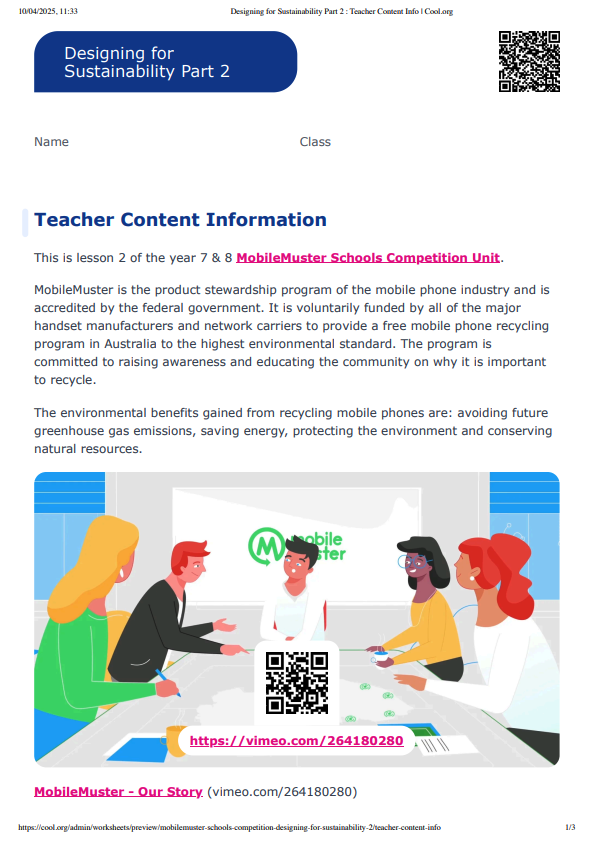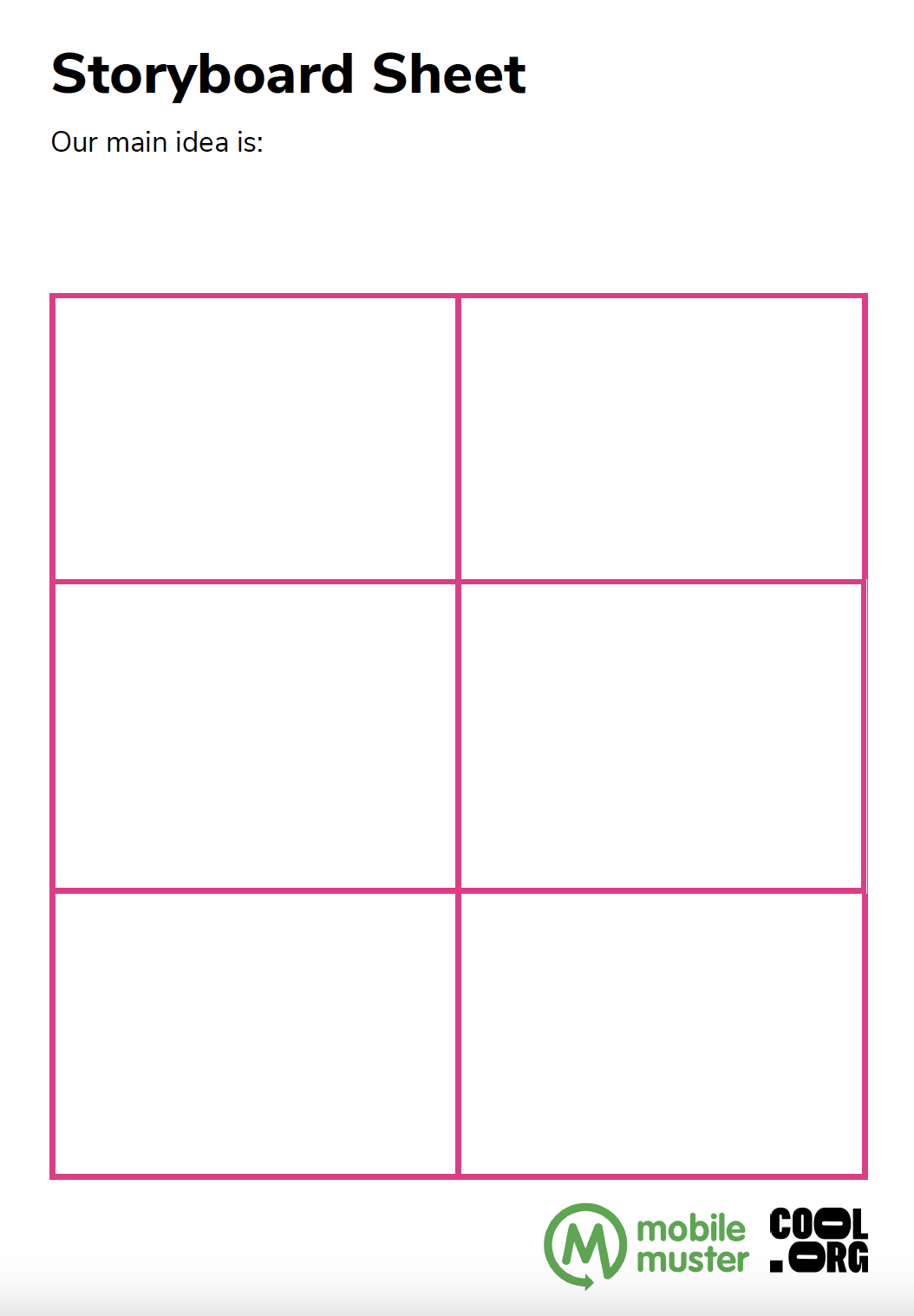Lesson summary
Designing for Years 7 & 8 to support you and your students to produce quality behaviour change artwork with the aim of encouraging the community to recycle more of their old and unused mobile phones.
Learning intentions:
Students will...
- understand the barriers to mobile phone recycling
- understand the role that emotion plays in behaviour.
Success criteria:
Students can...
- apply Design Thinking processes.
Lesson guides and printables
Curriculum links
Select your curriculum from the options below.
Lesson details
Skills
This lesson is designed to build students’ competencies in the following skills:
- communication
- global citizenship
- ethical understanding
- community engagement
- reflection
Curriculum Mapping
Australian Curriculum (v9.0) content descriptions - years 7 & 8
Design and Technologies
Students will:
- analyse how people in design and technologies occupations consider ethical and sustainability factors to design and produce products, services and environments (AC9TDE8K01).
- analyse the impact of innovation and the development of technologies on designed solutions for global preferred futures (AC9TDE8K02).
General capabilities: Literacy, Critical and Creative Thinking, Ethical Understanding
Syllabus outcomes: DT4-3, DT4-5, DT4-6
Cross-curriculum priority: Sustainability
Relevant parts of Year 7 & 8 achievement standards: Students explain how people design, innovate and produce products, services and environments for preferred futures.
Level of teacher scaffolding: Medium - guide students through design activities and monitor project progress.
UN Sustainable Development Goals
Goal 12: Ensure sustainable consumption and production patterns
- Target 12.5: By 2030, substantially reduce waste generation through prevention, reduction, recycling and reuse
Resources Required
- Assessment Matrix
- Barriers to Recycling Mobile Phones (optional)
- Butcher's paper and coloured markers
- Device capable of presenting a video to the class
- Sticky notes
- Storyboard Template (optional)
- Student worksheets – one copy per student.
Additional Info
This activity has been developed in partnership with MobileMuster. MobileMuster is the product stewardship program of the mobile phone industry and is accredited by the federal government. It is voluntarily funded by all of the major handset manufacturers and network carriers to provide a free mobile phone recycling program in Australia to the highest environmental standard. The program is committed to raising awareness and educating the community on why it is important to recycle.
Related Professional Learning
Quick Summary: This course explores how to make a change initiative last longer - in your classroom, service, school or organisation.





Welcome back!
Don't have an account yet?
Log in with:
Create your free Cool.org account.
Many of our resources are free, with an option to upgrade to Cool+ for premium content.
Already have an account?
Sign up with:
By signing up you accept Cool.org's Terms and Conditions(Opens in new tab) and Privacy Policy(Opens in new tab).